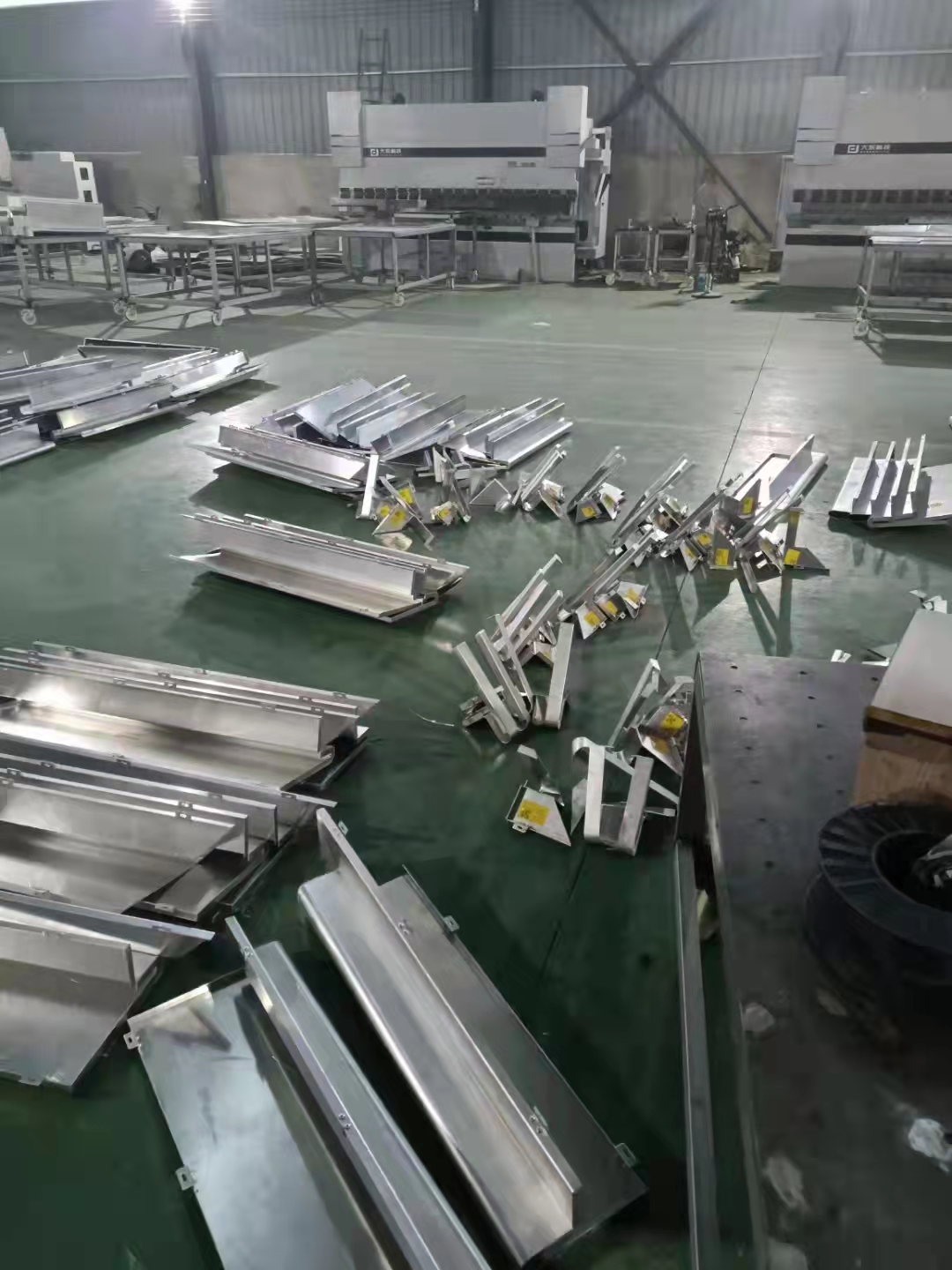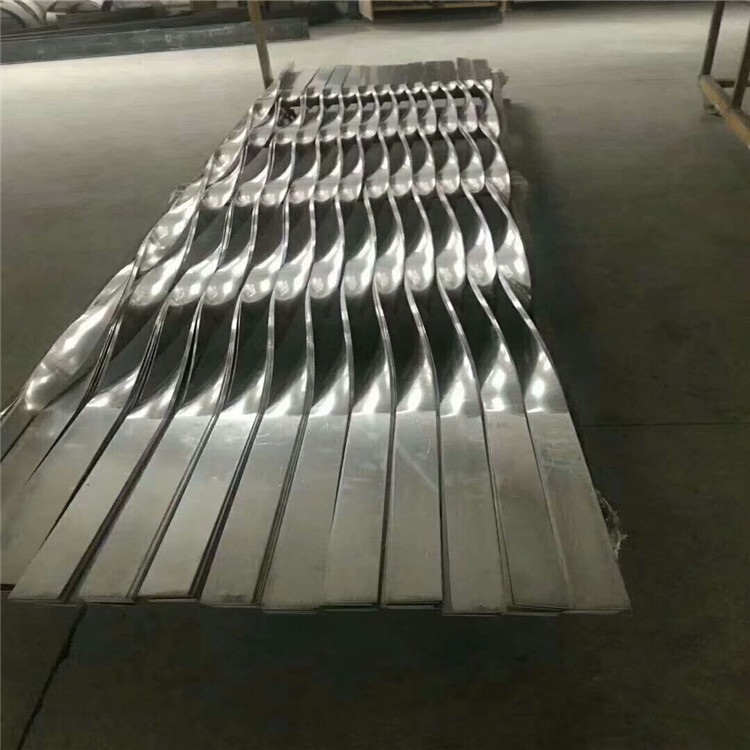- English
- Español
- Português
- русский
- Français
- 日本語
- Deutsch
- tiếng Việt
- Italiano
- Nederlands
- ภาษาไทย
- Polski
- 한국어
- Svenska
- magyar
- Malay
- বাংলা ভাষার
- Dansk
- Suomi
- हिन्दी
- Pilipino
- Türkçe
- Gaeilge
- العربية
- Indonesia
- Norsk
- تمل
- český
- ελληνικά
- український
- Javanese
- فارسی
- தமிழ்
- తెలుగు
- नेपाली
- Burmese
- български
- ລາວ
- Latine
- Қазақша
- Euskal
- Azərbaycan
- Slovenský jazyk
- Македонски
- Lietuvos
- Eesti Keel
- Română
- Slovenski
Does the softness of Aluminum have anything to do with how good it is?
2024-12-16
For those customers who do not know much about the properties of aluminum materials, a common confusion is: why do aluminum materials that appear to be different on the surface show very different performance in actual application and operation? Where does this difference come from? Is the hardness of aluminum, a physical property, directly linked to its quality?
The hardness of aluminum, as one of the important indicators of its physical properties, does reflect the toughness and wear resistance of aluminum to a certain extent. However, the good or bad of aluminum is not only determined by the single factor of hardness. The composition of the alloy, the production process, the heat treatment method and many other aspects will have a profound impact on the final performance of aluminum.
Therefore, in the following content, we will reveal these common sense issues closely related to aluminum hardness one by one, to help you better understand the material properties of aluminum, so that you can make more informed decisions when purchasing and using aluminum.
The first thing we need to understand is that the hardness of aluminum alloy refers to the “Rockwell hardness”, and usually use the most aluminum is roughly divided into three kinds.

1, pure aluminum products, that is, “1” word beginning of the aluminum products, commonly used grade 1060, hardness is generally softer, lower;
2, 6063 aluminum alloy, this is the most commonly used aluminum alloy, usually in contact with most of the aluminum profiles are this license plate products, hardness is generally T5, that is, 6063-T5, its Rockwell hardness is about 11 or so. This kind of aluminum is characterized by moderate hardness and good molding;
3, 6061 aluminum alloy, it is also more common aluminum alloy, inside increased silicon content, so the hardness increases, after aging treatment, the state of T6, that is, 6061-T6, the hardness of about Rockwell 15 degrees or so, the general use of strong support, such as aluminum alloy scaffolding, CNC machining products and so on, more suitable for cutting processing.
Once we have a clear understanding of the hardness of aluminum, let's further explore the factors that affect the softness of aluminum. Before that, it is necessary to understand the two basic classifications of aluminum: raw aluminum and cooked aluminum.

1.Raw Aluminum: This refers to the aluminum content of less than 98% of the aluminum, its nature is brittle and hard, mainly for sand casting process. Raw aluminum is extracted from the naturally refined chemical alumina and is relatively low in purity. Its texture is similar to that of pig iron, and it may be broken when subjected to a slight external force.
2.Cooked aluminum: Aluminum with an aluminum content of more than 98% is soft and easy to make into a wide variety of utensils through the calendering or rolling process. Most of the lightweight and thin aluminum products we see in our daily lives are made of cooked aluminum. In addition, by adding a small amount of magnesium, manganese, copper and other metal elements to pure aluminum for smelting, the aluminum alloy material obtained has been significantly improved in terms of corrosion resistance and hardness.
It can be seen that the softness and hardness of aluminum materials do not exist in isolation, but are directly related to the types of impurities they contain and the purity of the aluminum itself. In particular, the addition of aluminum alloys has greatly enriched the performance and application range of aluminum. In summary, we can conclude that the softness of aluminum is not directly related to its quality, but depends on the needs of a particular application and the way the material is used.
Therefore, when choosing the right aluminum, be sure to choose the regular source manufacturers, reliable and guaranteed quality, which can eliminate the subsequent unnecessary trouble. Thank you for your support of Zhengguang Aluminum.




